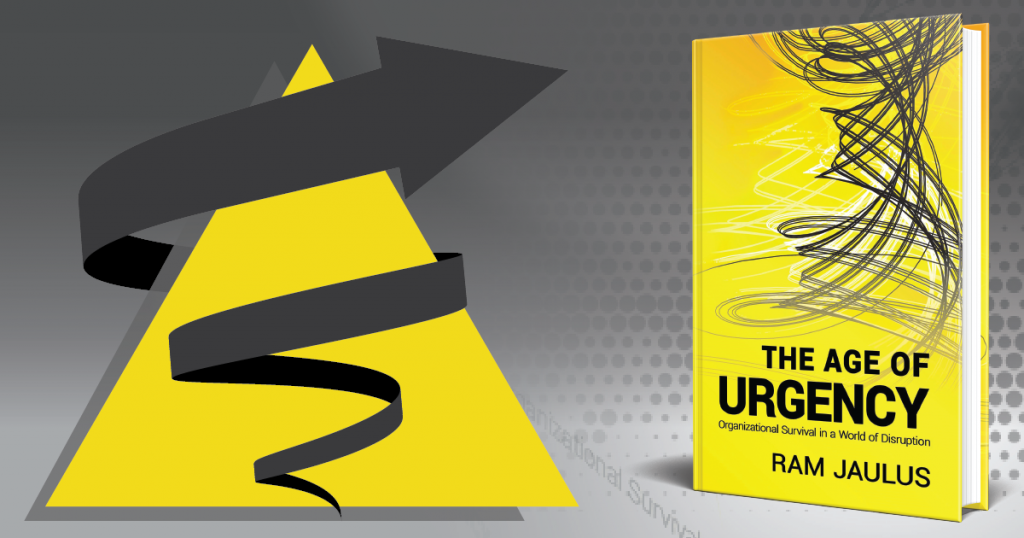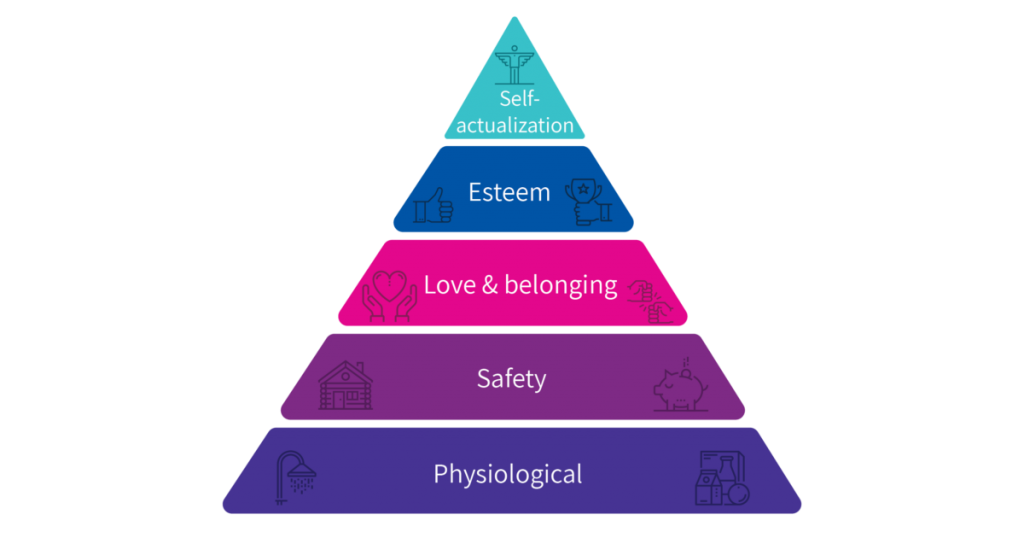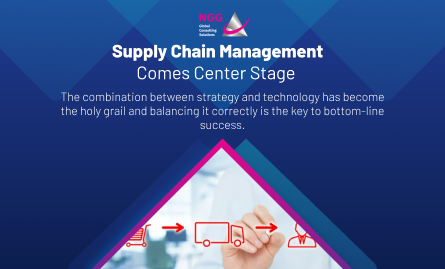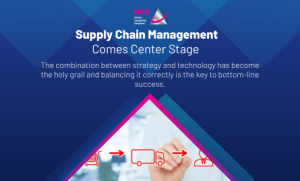
What is the vortex of needs and what distinguishes it from Maslow's famous Hierarchy of Needs? A new post from Ram Jaulus, CEO of NGG and author of "The Age of Urgency"
Ram Jaulus, CEO, NGG Global Consulting Solutions
Maslow’s Hierarchy of Needs has long been almost axiomatic in marketing and in behavioral sciences (among other fields).
Theories are based on it, products and services are classified according to it, and it gets mentioned at every opportunity.
Psychologist Abraham Maslow was a psychologist who researched the basic needs of humans and arranged them into a hierarchy, represented by a five-level pyramid.
The logic guiding the pyramid is that a person’s most basic needs are at the bottom of the pyramid, and only after they are fulfilled does a person have the ability, time and resources to fulfill the less basic needs, which are closer to the apex.

In Maslow’s original theory, the needs were described as being built one on top of another.
In the theories that followed Maslow’s and upgraded the pyramid, the needs were perceived to exist side by side, not necessarily layered one on top of another.
All of these theories have been true to some extent in the past. Not anymore.
Today we see a completely different structure, the opposite of a pyramid. Nowadays, the various needs feed off one another; they are integrated and intertwined, and the structure they form is a vortex.
● The need for high-level professional consultation
● The need for a tangible experience
● The need to share information
● The need to acquire knowledge and information
● The need for experienced user’s opinions
● The need for information to be available, immediate, and fast
This “vortex of needs” is multidimensional, and each need has an enormous influence on the other needs.
The world we live in, a world of disruptions, means that the dominant needs governing our behavior change from moment to moment – and as such, our behavior changes, too.
We live in a vortex of disruptions, and this directly impacts our needs.
The bigger the vortex of disruption gets, the bigger and more complicated the vortex of needs becomes as well. They have a synergistic relationship with each other, each one feeding the other.
You can find more information on the vortex of needs in the book “The Age of Urgency”, or at the book’s wedsite Urgency Age






